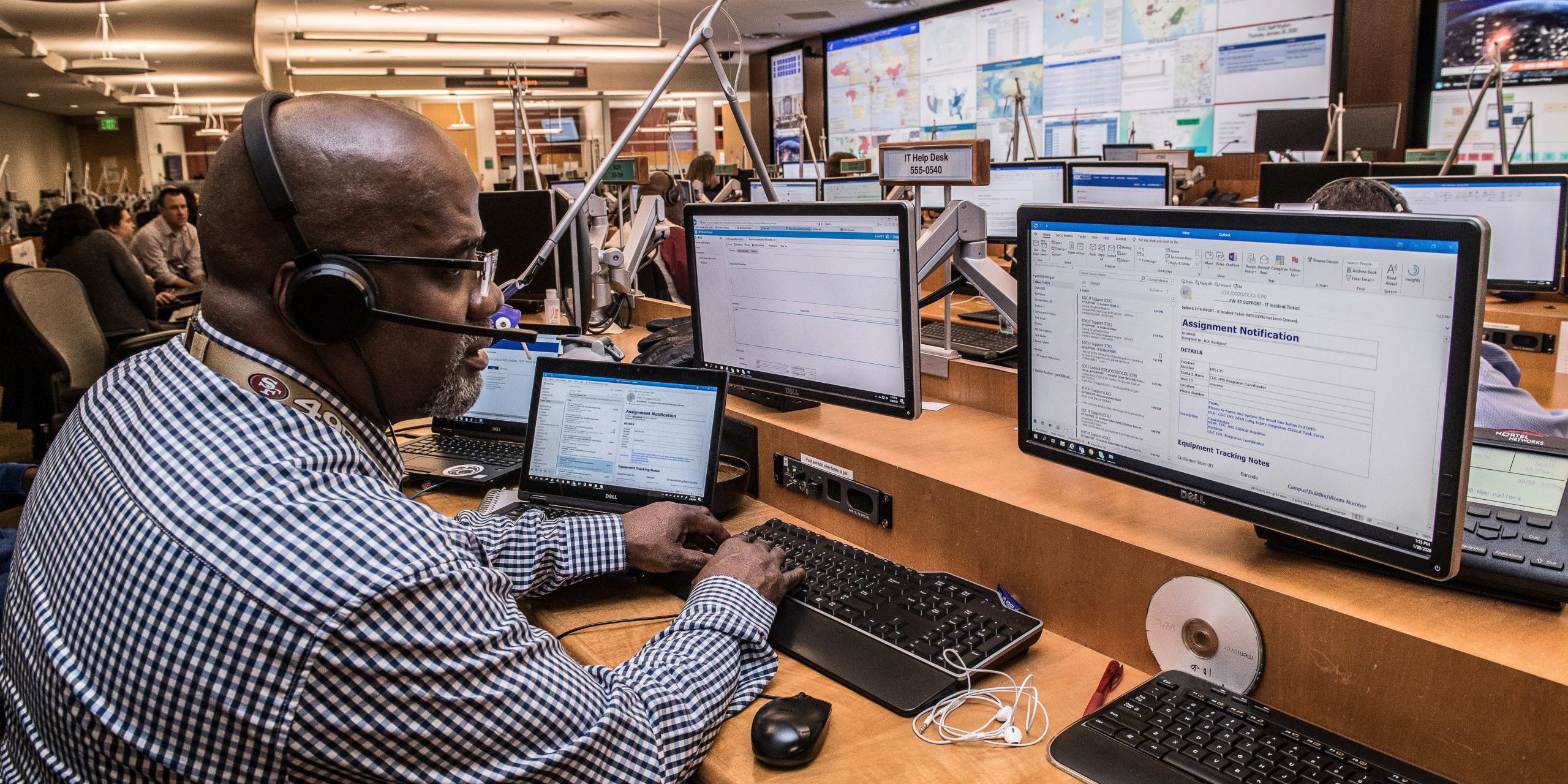Choosing the right software for school asset management is never easy. And it’s certainly not cheap. Consequently, many schools purchase a separate solution for everything. There’s one software for the help desk, another for contracts, a third for projects, a fourth for risk management, and so on.
This approach often results in duplicated data, inaccurate information, and more investigative work for the IT team.
The solution? A fully integrated asset compliance management process.
What Is IT Asset Management?
In IT, an asset is any software, hardware, system, or information that an organization values. IT asset management is the process of tracking and using an organization’s technology assets. This process includes accounting for, deploying, maintaining, upgrading, and disposing of an organization’s technology as appropriate.
IT asset management helps decision-makers and users interact with technology throughout an asset’s life cycle. By managing their assets, organizational leaders help ensure that they are working with correct and current data.
IT directors use asset management principles and techniques to plan their maintenance schedules, minimize risk, and improve safety and regulatory performance.
Asset management includes several priorities such as digital security, financial investment, and physical property. Taking care of their assets in a clean, clear, and responsible way helps a school stay compliant with regulatory agencies.
What Is Integrated Asset Management?
Integrated asset management compiles all technology assets and operations management solutions under a single system. Schools realize several benefits from integrated asset management, including:
- Streamlined processes: Integrated asset management can eliminate manual entry processes, provide reporting templates, clearly represent data on a dashboard, and automatically assign assets to school staff.
- Better cross-departmental collaboration: A synchronized system shares data across multiple departments. Since all the data is fully integrated into one platform, everyone has access to the same information.
- Holistic, easy-to-compile reporting tools: Creating reports can prove a major headache for most users. They’re calling IT with questions all the time. An integrated system helps standardize reporting procedures and templates, eliminating individualized workarounds that may compromise data integrity.
An integrated asset management ecosystem increases efficiency and reduces administrative and IT resource consumption. But that’s not all it does. Integrated systems also help manage compliance risks.
How Does Integration Help Manage Security and Compliance Risks?
Educational institutions are treasure troves of the kind of personal data that hackers crave. That’s why schools experience more cyberattacks than any other industry. Every breach exposes thousands of personal records.
Of course, most schools are not using top-security technology or the latest risk-management practices. As a result, they face increasing numbers of attacks.
In addition, schools have to stay compliant with an ever-increasing list of regulations.
Mitigating security and compliance risks requires more than updating your anti-virus software and crossing your fingers. Security begins with compliance.
Simply put, compliance means not running afoul of relevant rules and regulations. Staying within the rules keeps schools from getting penalized by government agencies, and it helps keep security systems up to date. A compliant organization is a safe organization.
An integrated asset management system helps monitor regulatory compliance and supports security across an asset’s life cycle.
What Are Roadblocks to Asset Management Compliance?
Asset management compliance isn’t optional at most schools. So what keeps IT directors from instituting a compliance system?
- Time and money: Implementing a new asset management compliance system requires investing time and money — two resources notoriously in short supply at schools. But in fact, fragmented legacy systems often demand more time and money over the long term. They’re expensive to upgrade and challenging to maintain, especially as technology moves forward.
- Lack of administrative support: School principals, directors, and superintendents face competing priorities. When their choice comes down to spending resources on an innovative student-facing product or buying a new asset management compliance system, it’s no contest. The IT director is asked to nurse the current system for another year. Administrators may not realize that fragmented asset management processes put them at risk for penalties from regulatory agencies and breaches by bad actors.
- Human aversion to change: Change is tough on everyone. Even when staff members complain about the current systems, those are the ones they know. All stakeholders in a system get nervous when change is in the air. Of course, change is inevitable. Your choice is never “if” you’ll change, only “when and why” you’ll change.
How Do You Integrate the Asset Management Process?
Systems integration is really about developing automated processes that transfer information across different systems. When you integrate systems to improve asset management, you make it easy to improve efficiencies, collate data, and streamline processes.
Integrating your asset management process means pulling all your current piecemeal programs together into one place. To do that, you need a single system.
At One to One Plus, we help you integrate your asset management system. It’s easier than it might sound. We can help you import your current information using CSV files or automated API connections so your team can get started without missing any current information.







